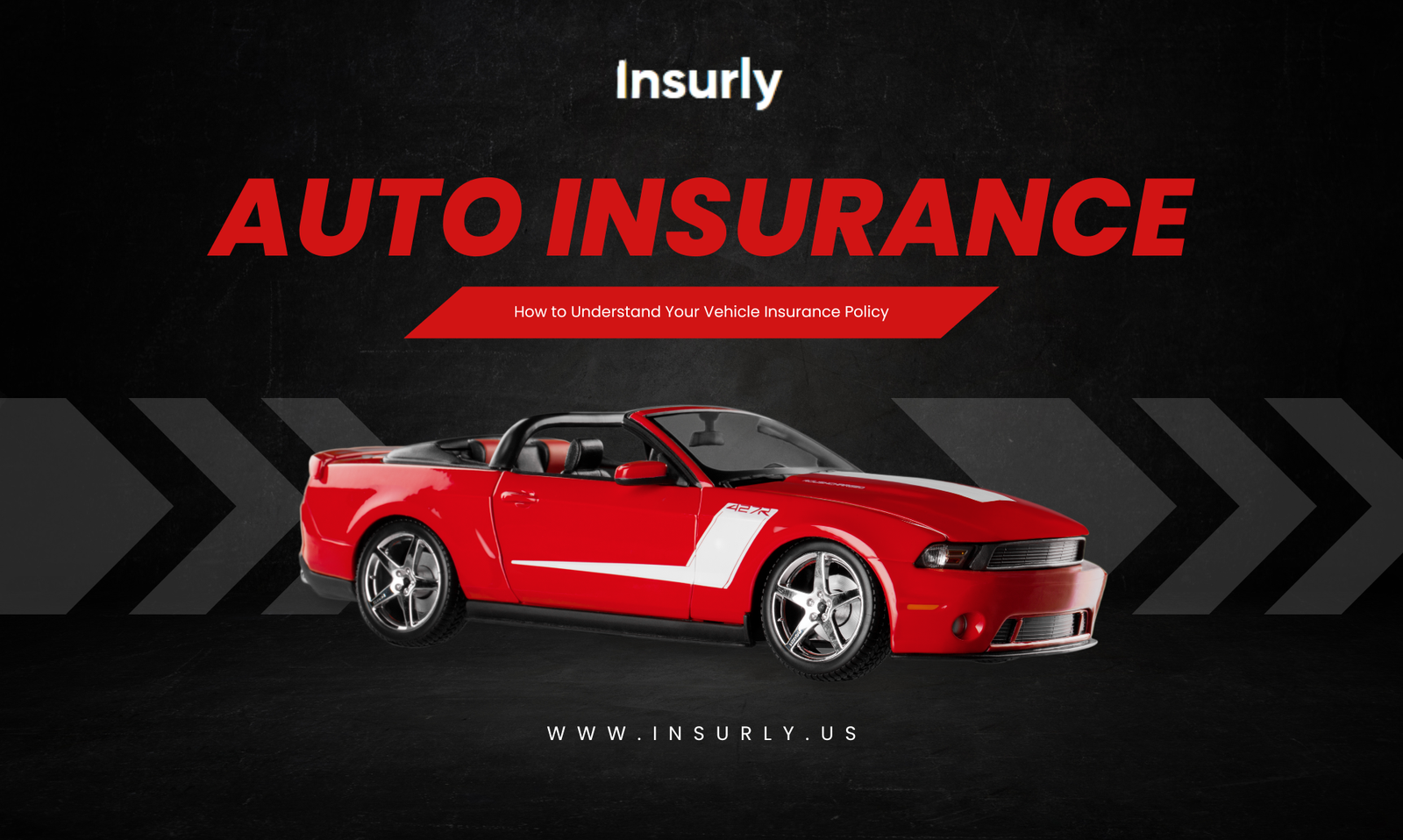Understanding your vehicle insurance policy can feel like deciphering a foreign language, but it doesn’t have to be that complicated. Here’s a breakdown to make sure you’re not just signing on the dotted line without knowing what’s up.
1. Know Your Coverage Types
Your policy might include a variety of coverage types. Some of the most common ones are:
- Liability Insurance: Covers damages you cause to others in an accident. It’s mandatory in most states, but the limits will vary.
- Collision Insurance: Covers damage to your own vehicle after an accident, regardless of fault.
- Comprehensive Insurance: Covers damage to your car that’s not related to a collision—think theft, vandalism, or weather damage.
- Personal Injury Protection (PIP): Covers medical bills for you and your passengers, no matter who caused the accident.
- Uninsured/Underinsured Motorist Coverage: Protects you if the other driver isn’t insured or doesn’t have enough insurance.
2. Understand Your Deductibles
The deductible is the amount you pay out of pocket before your insurance kicks in. Higher deductibles generally mean lower premiums, but be prepared to pay more if you need to file a claim. It’s all about balancing what you can afford if disaster strikes versus paying a bit more upfront for lower monthly costs.
3. Policy Limits
This is the maximum amount your insurance will pay out for a claim. Let’s say your policy has a limit of $50,000 for liability. If the damages in a car crash exceed that amount, you’ll have to cover the rest. Be sure to know your limits—no one wants to end up in debt because they didn’t read the fine print.
4. Exclusions
This is the part of the policy where insurers try to sneak in things that aren’t covered, so pay attention. Common exclusions could be things like driving under the influence, using your vehicle for business, or not maintaining your car properly. Check this section closely to avoid future surprises.
5. Understand Your Premium
Your premium is what you pay for coverage, usually annually or monthly. The amount depends on factors like:
- Your driving record (clean record? Lower premium)
- Your car’s make, model, and age
- Your location (are you in a high-theft area?)
- Your age and gender (yes, insurance companies are still into those stats)
The key here is knowing why you’re paying what you’re paying. If it’s too high, it’s worth shopping around for better deals.
6. Check for Discounts
Insurers love giving discounts if you qualify. Some common ones include:
- Safe driver discounts
- Multi-policy discounts (bundling car and home insurance)
- Low mileage discounts
- Anti-theft device discounts
- Defensive driving course discounts
7. Read the Fine Print
This one’s key—don’t just skim your policy. Dig into the details to make sure you understand everything from payment schedules to how claims are processed. If anything’s unclear, don’t hesitate to call your insurer for clarification. It’s their job to make sure you get it.
8. Review Your Policy Regularly
Life changes, so your coverage might need to too. Got a new car? Moved to a new state? Started a new job? Review your policy every year (or after major life changes) to make sure it’s still right for you.
Bottom Line:
Understanding your vehicle insurance policy isn’t just about reading a bunch of legalese—it’s about knowing your rights, your responsibilities, and making sure you’ve got the protection you need without overpaying. So, dive into your policy, ask questions, and if something doesn’t make sense, get it sorted. You’re paying for it, after all!









